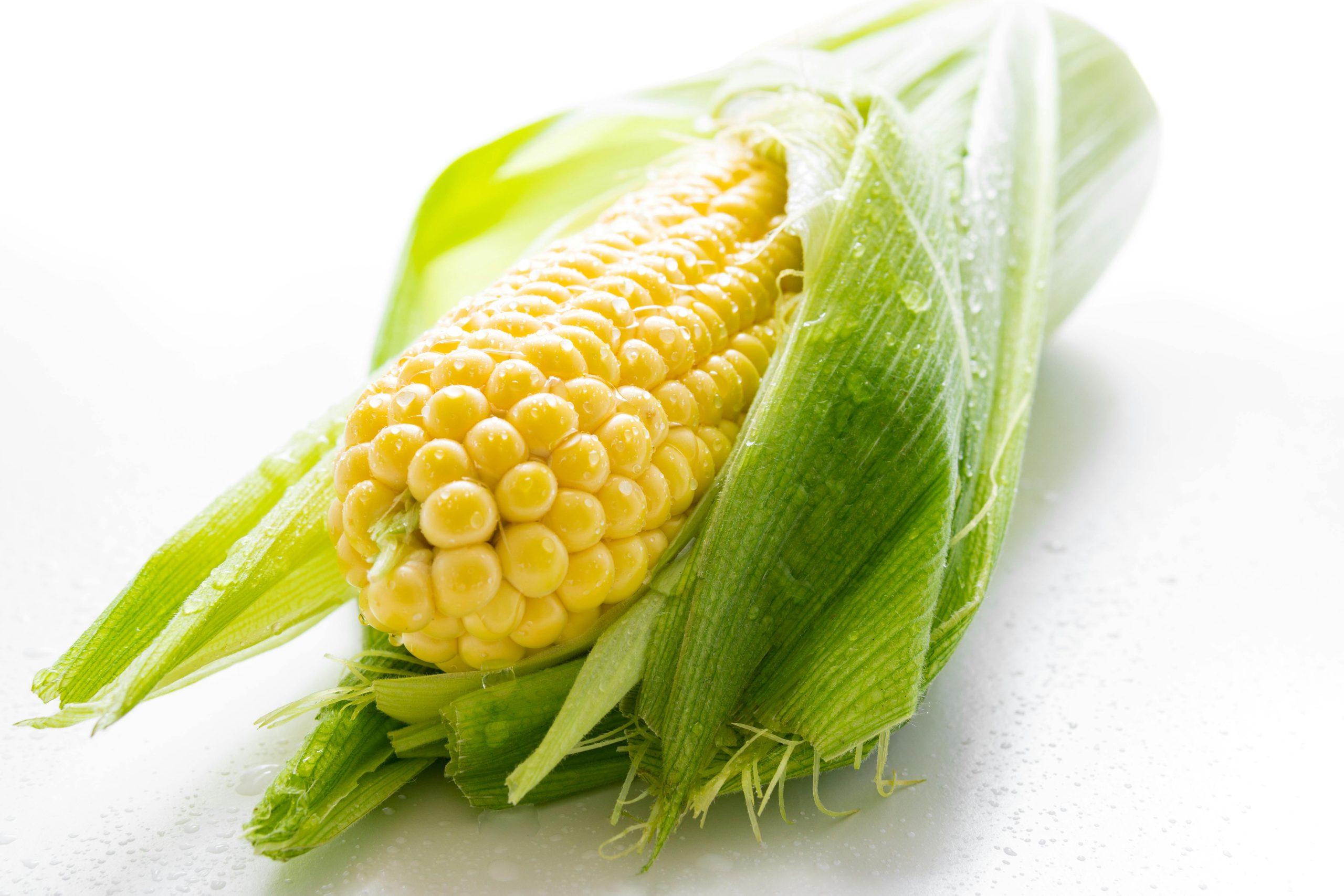Have you ever wondered why you find corn in your food? your stools according to their consumption?
This can be comical, or even worrying for some.
Rest assured, there is usually nothing to worry about when corn kernels are found in the stool!
So why are they here?
A reminder about fibers
Unlike proteins, carbohydrates and fats, which are digested and absorbed during the digestive process, the fibers are undigested substances. Although they are not a source of energy, they are an important essential to digestive health through their role in the composition of stool and their actions on the intestinal microbiota, in particular.
Corn fiber
Corn is a starchy vegetable rich in fiber. For example, 125 ml (½ t.) of corn kernels contains 1,8 g of total fibre, i.e. 1.6 g of insoluble fibre.
Corn fibers are mainly composed of hemicellulose and cellulose and cover the surface of the kernel, forming the small husk.
Hemicellulose and cellulose are both complex, insoluble fibers that are difficult for intestinal bacteria to ferment.
So you'll have understood that it's possible to find intact corn in your stools...
So that's not worrying in itself!
Insoluble fibers, as their name suggests, do not solubilize in water. Instead, they create a watery attraction, facilitating intestinal motility and transit (movement of the intestinal muscles). So those little yellow husks in your stool are corn fibers that haven't been fermented, but rather have contributed to favorable intestinal transit.

How can you reduce the corn in your stools?
The answer is simple! Make sure you chew them well!
Do you suffer from constipation?
Insoluble fibre can help, but it's much more complex than that!
To learn more about your symptoms and get reliable, science-backed information to help alleviate your condition, consult this training created by the Épithélia team.

Discover the simple and effective method to help you :
- Understand all the factors that influence your digestion;
- Understand the potential causes of your digestive symptoms;
- Learn about the different approaches that can help reduce digestive symptoms;
- Have all the tools in your hands to team up with your body rather than always being against it.
Full training : video capsules, support tools (symptom diary, bonus recipes, fiber calculator, etc.)
Concrete results: Improve your digestion and your daily well-being.
Reduce your digestive symptoms

Recipes for enjoying corn
References:
- Bélanger,M. LeBlanc,M. Nutrition: 5th edition. (2021). Édition Chenelière Éducation.
- Government of Canada (2019). Canadian Nutrient File (CNF). https://aliments-nutrition.canada.ca/cnf-fce/?lang=fre
- Guan Z-W, Yu E-Z, Feng Q. Soluble Dietary Fiber, One of the Most Important Nutrients for the Gut Microbiota. Molecules. 2021; 26(22):6802. https://doi.org/10.3390/molecules26226802
- Harvard University Health Services. (May 2004). Fiber Content of Foods in Common Portions. https://cookwithkathy.files.wordpress.com/2014/05/sifibre.pdf
- North Ottawa Wellness Foundation. (n.d.). Soluble & Insoluble Fiber Foods List. https://www.northottawawellnessfoundation.org/wp-content/uploads/2017/11/NOWF-Fiber-Content-of-Foods.pdf
- O'Grady, J., & Shanahan, F. (2021). Macronutrients, microbiome and precision nutrition. Current opinion in gastroenterology, 37(2), 145-151. https://doi.org/10.1097/MOG.0000000000000705
- O'Grady, J., Shanahan, F. Dietary Fiber and Gastrointestinal Disease: an Evolving Story.Curr Gastroenterol Rep 20, 59 (2018). https://doi.org/10.1007/s11894-018-0667-0
- Poitras P., et al. The digestive system: From basic science to the clinic (third revised and expanded edition). (2020). Les Presses de l'Université de Montréal.
